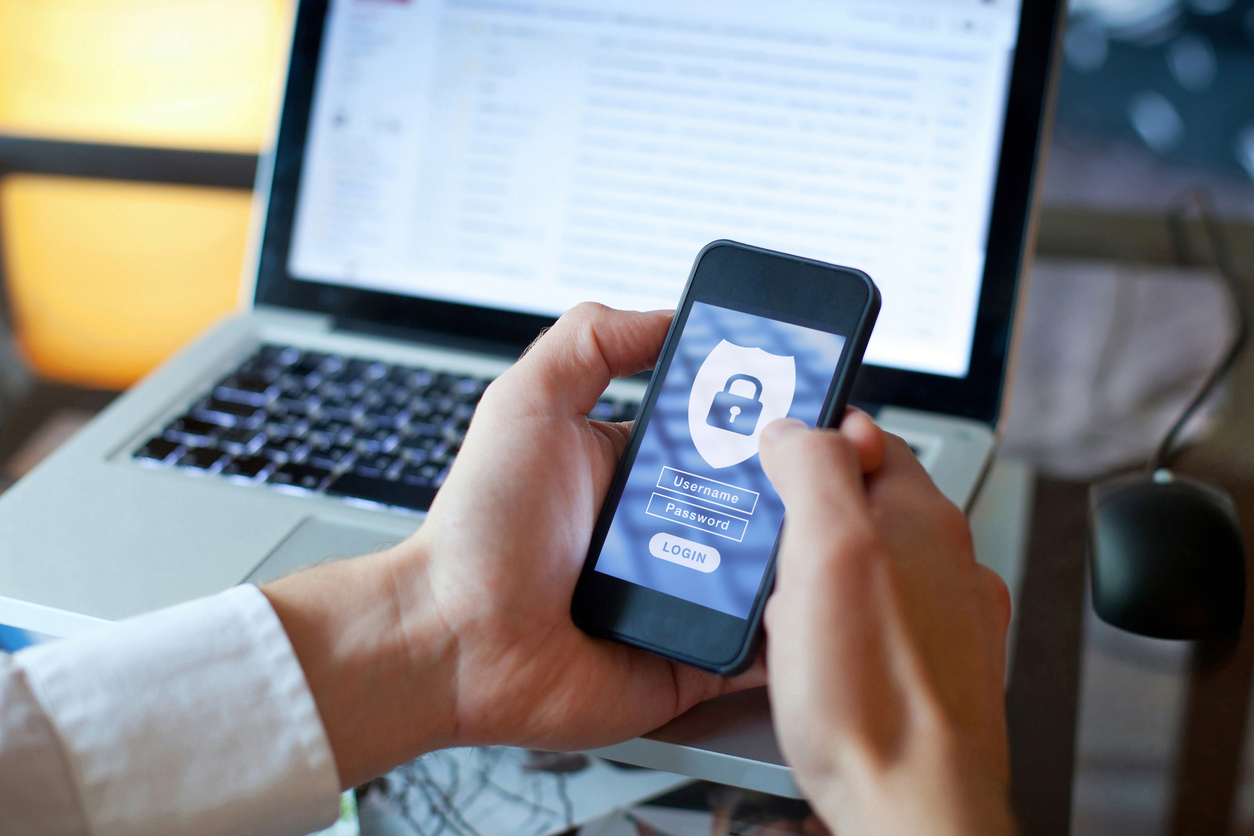
Blog
Endpoint security must remain robust now that so many teams have gone fully remote. Learn some best practices for optimal security on each device in this new virtual environment.
Most industries were already engaging in virtual working environments in some shape or form, and the COVID-19 pandemic has escalated the remote-work transition. This, unfortunately, means that many teams aren’t prepared with the right equipment and platforms to keep productivity moving as usual.
One of the most important aspects of a work plan for the IT department is endpoint security. And ensuring you have a successful strategy is even more critical now, as you’re trying to manage a dispersed, virtual workplace.
So what is endpoint security, and why is it so important in our current climate?
What is endpoint security?
Many employees will be using their own devices, whether a laptop, desktop computer, or mobile device, to perform work functions at home. Or they may be taking company-provided equipment home with them. Endpoint security is the process of keeping these devices secure from threats, whether on a cloud platform or within the network.
It’s harder to manage hundreds of employee devices when everyone is spread out, working from different locations and connecting to home Wi-Fi networks. These various devices and networks are often easier entry points for attackers, especially when employees aren’t aware of vulnerabilities. More IT security planning needs to be focused on securing these endpoints. Otherwise, sensitive data and company workflows will remain at risk.
Here are a few best practices when you’re planning for optimal endpoint security.
Require multi-factor authentication
Your company's applications and systems need to increase security since workers might access them from unknown devices. Implement multi-factor authentication (MFA)—usually two-factor authentication (2FA)—for these systems.
It requires a standard login but then prompts the user for additional verification, whether through biometrics like a fingerprint or a code sent to their smartphone. 2FA provides an extra layer of security and is especially helpful when workers aren’t all in the office using company-provided computers.
Setting up a VPN
One crucial way to increase security on employee devices is to set up a virtual private network (VPN) on each endpoint. This allows your workers to access the office environment and internal systems from their own devices through an encrypted connection while giving you visibility.
Many departments within the company may need consistent access to crucial systems, including HR or customer service. So, using a VPN for these teams at a minimum will help you protect company processes and data.
Backing up in the cloud
Using cloud storage is helpful across most departments. But in IT, you can take advantage of the cloud for all data you’re managing for your end-users. Data you need to manage remote endpoints will be in one place where all team members can access it, as long as they have an internet connection.
Automatic updates
Endpoints should have solutions in place for automatic patching so you can keep up with all necessary updates for crucial systems—without much extra time and effort from IT staff. The risk of failing to patch regularly is a far more significant vulnerability to attacks.
Providing sufficient security training
Many employees may not know the risks of using company devices at home or on other networks. IT should provide resources and training to educate teams about steps they can take to lower the likelihood of attacks.
Communicate the importance of keeping software updated on their devices, avoiding downloading personal files on work devices, using VPNs on public connections, and never allowing other people to use their computers, among other tactics.
Mobile device monitoring
Another crucial step in the IT team’s remote working plan addresses continuity and productivity rather than security: monitoring the Wi-Fi connection and issues on each employee’s device. Without this visibility, it’s impossible to know how the network and equipment are performing and what issues are arising on a daily and moment-by-moment basis.
Mobile Eye® from 7SIGNAL provides a continuous view into performance on wireless IoT devices, employee laptops, phones, tablets, and other mission-critical equipment. The Mobile Eye empowers you to discover and address problems immediately, often before an end-user even notices the issue. This solution ensures that the team stays on track to keep productivity high.
Issues like poorly performing drivers, roaming, and congestion can be solved with the Mobile Eye, as well as co-channel interference and access point-coverage problems. Round out your remote work IT plan by incorporating the Mobile Eye from 7SIGNAL.
7SIGNAL® is a leader in enterprise wireless experience monitoring. 7SIGNAL provides a cloud-based platform that continuously monitors wireless networks and identifies elusive performance issues impacting application performance and digital experience. By taking the “outside-in” approach to monitoring, 7SIGNAL has visibility into the edge of any enterprise or home Wi-Fi network where complex device interaction exists, and user experience matters most. The platform maximizes employee productivity, operational efficiency, and network ROI. Sapphire Eye® and Mobile Eye® are designed for and deployed at the world’s most innovative organizations, educational institutions, healthcare systems, and government agencies. Learn more at www.7signal.com.